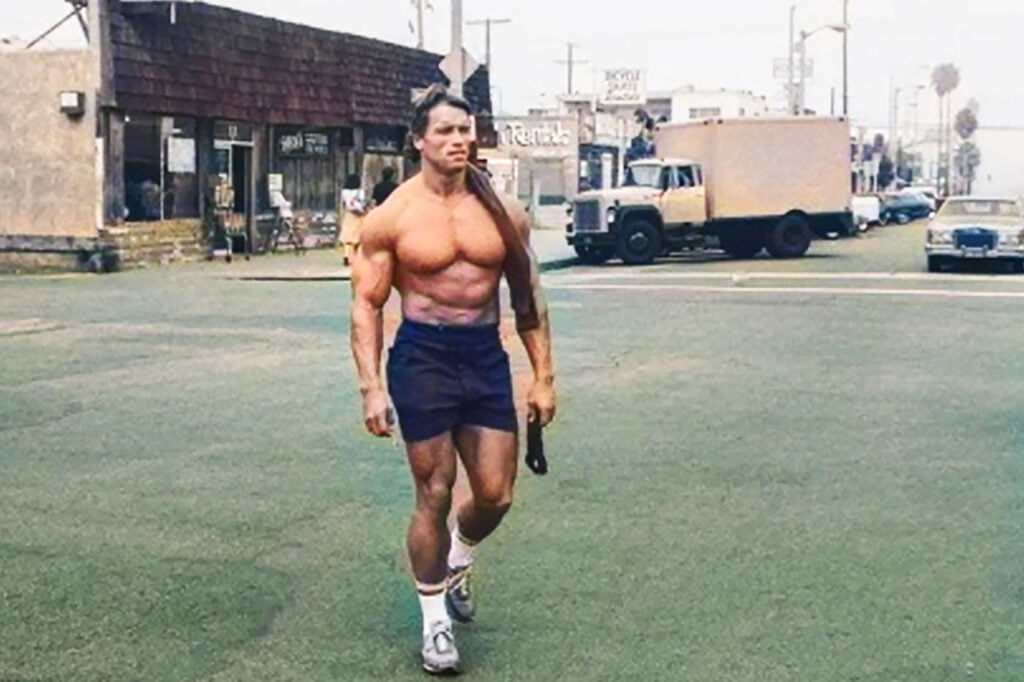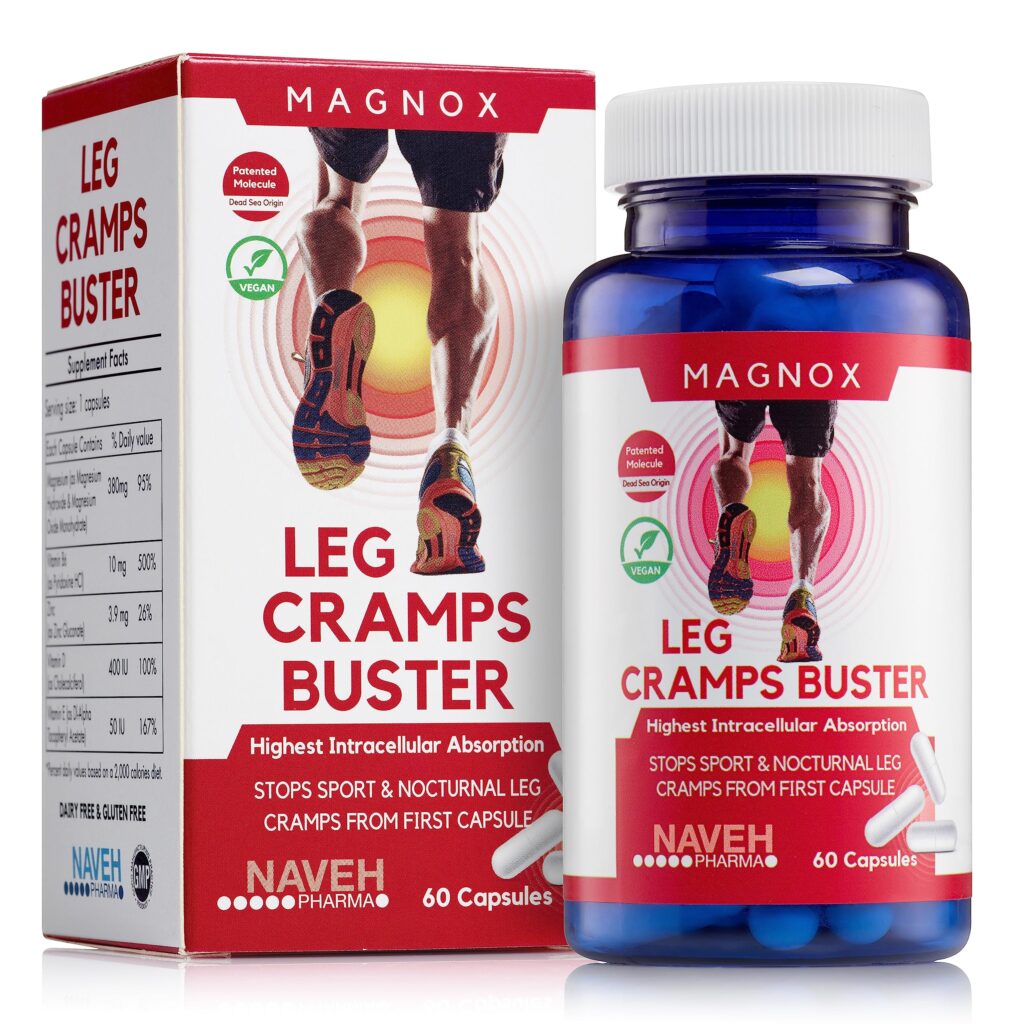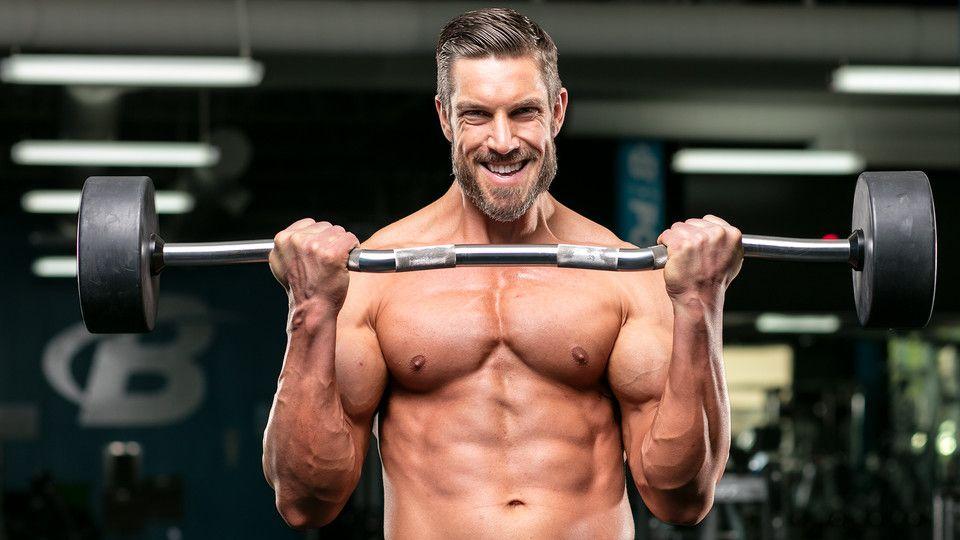To measure chest size for bodybuilding, wrap a tape measure around the fullest part of your chest. Ensure the tape is level and snug but not tight.
Accurately measuring chest size is crucial for tracking progress in bodybuilding. A consistent method helps in monitoring muscle growth and symmetry. Using a flexible tape measure, stand upright, and relax your muscles. Place the tape around the widest part of your chest, usually across the nipples.
Make sure the tape is parallel to the floor. Measure after an exhalation for a more accurate reading. This practice provides a reliable benchmark for assessing gains and adjusting workout routines. Proper measurement techniques contribute to achieving balanced and proportional muscle development, essential in bodybuilding.

Credit: gymjp.com
Introduction To Chest Measurement
Accurate measurements are very important in bodybuilding. They help track progress. You can see muscle growth over time. Incorrect measurements can lead to wrong conclusions. You may think you are not improving. This can be discouraging. So, always take precise measurements.
Accurate measurements are very important in bodybuilding. They help track progress. You can see muscle growth over time. Incorrect measurements can lead to wrong conclusions. You may think you are not improving. This can be discouraging. So, always take precise measurements.
Use a flexible tape measure for best results. A mirror helps you see what you are doing. A notebook or app will help you track your measurements.
Preparation Steps
Pick a time when muscles are relaxed. Avoid measuring right after a workout. Muscles might be swollen, giving a false reading. Morning time is usually best. Muscles are not swollen from daily activities.
Wear a thin, tight-fitting shirt. Or go shirtless for more accurate results. Thick clothing can add extra inches. This can make measurements inaccurate. Stand straight with arms relaxed at your sides.
Finding The Right Position
Measuring chest size can be done standing or sitting. Standing helps keep the body straight. This gives the most accurate measurement. Sitting can cause the body to bend. This might make the chest size look smaller. Always use the same position each time. This keeps the measurements consistent.
Good posture is key for accurate measurements. Stand tall with shoulders back. Make sure the chest is out. Keep the back straight. Align the tape measure parallel to the floor. Wrap it around the chest. Measure at the fullest part of the chest. This ensures the most accurate size.
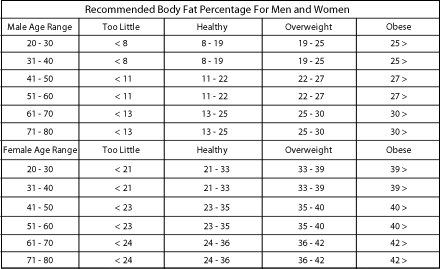
Credit: www.jefit.com
Measuring Techniques
Stand up straight with your arms relaxed. Wrap a tape measure around your chest. Make sure it’s under your armpits and across the fullest part of your chest. Breathe normally while measuring. Write down the measurement in inches or centimeters. Measure a few times to ensure accuracy.
You can use a string if you don’t have a tape measure. Wrap the string around your chest and mark where it meets. Measure the length of the string with a ruler. Another option is to use a flexible ruler. Follow the same steps as with a tape measure.
Recording Measurements
Measuring chest size accurately involves using a flexible tape measure. Stand straight, wrap the tape around the fullest part of your chest, and ensure it’s snug but not tight.
Keeping A Log
Use a notebook or a digital app to record your measurements. Write down the date and the exact size of your chest. This helps track changes accurately. Consistency is key for reliable data. Measure at the same time of day each time. Make sure you are relaxed and standing straight. This ensures you get the most accurate measurement.
Tracking Progress Over Time
Regularly update your log with new measurements. Compare your current size with previous entries. This helps you see improvements and adjust your workout plan. Keep track of any changes in your routine. Note down any new exercises or changes in diet. This helps you understand what works best for you. Celebrate small milestones to stay motivated. Every inch counts in your progress.
Common Mistakes
Using the wrong tape measure can cause errors. Always use a soft tape. Measuring over clothing also causes inaccurate results. Measure on bare skin for the best accuracy. Taking measurements at different times of the day can show different results. Measure at the same time each day.
Always keep the tape straight and level around your chest. Do not pull the tape too tight or leave it too loose. Take multiple measurements to get an accurate average. Write down each measurement to track progress. Ask a friend to help if needed.
Using Measurements For Training
Setting clear goals is vital for progress. Measure your chest size to set a baseline. Track changes over time. Aim for realistic and achievable targets. Goals keep you focused and motivated. Review your goals regularly to stay on track. Adjust if necessary. Consistency is key.
Use your measurements to adjust your workout plans. Bigger chest size means more muscle. Change exercises to target specific areas. Increase intensity to see growth. Proper form is crucial. Avoid overtraining to prevent injury. Listen to your body and rest when needed.
Additional Tips
Ensure accurate chest measurements by standing relaxed and using a flexible tape measure around the fullest part of the chest. Keep the tape parallel to the floor for best results.
Consistency Is Key
Always measure your chest at the same time every day. This helps you get accurate results. Wear the same clothes or none at all for consistency. Measure your chest after a workout for best accuracy. Track your measurements weekly to see progress. Record your results in a journal or app. Consistent tracking helps you stay motivated.
Consulting Professionals
Seek help from fitness trainers for accurate measurements. They can teach you the right techniques. Consult a nutritionist to support your bodybuilding goals. Proper diet helps in muscle growth. Professionals can also give personalized advice. This ensures you follow the best practices. Rely on their expertise for better results.
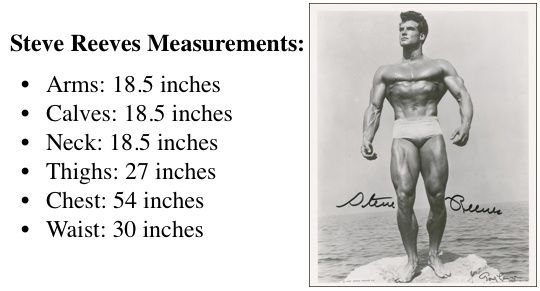
Credit: leehayward.com
Frequently Asked Questions
What Is The Chest Size For A Bodybuilder?
A bodybuilder’s chest size varies widely. Typically, it ranges from 40 to 60 inches, depending on their training and physique.
How Do You Measure Your Chest Size?
To measure your chest size, wrap a tape measure around the fullest part of your chest. Ensure it’s parallel to the ground for accurate results.
How To Measure Chest Muscle Growth?
Measure chest muscle growth by taking regular chest circumference measurements. Use a measuring tape around the widest part of the chest. Track progress over time for accurate results.
Is A 37 Inch Chest Big?
A 37 inch chest is generally considered average for men. For women, it might be slightly above average.
Conclusion
Mastering how to measure your chest size is crucial for bodybuilding success. Accurate measurements help track progress and set realistic goals. Use a tape measure and follow the steps outlined in this guide. Regularly monitor your chest size to ensure your training is effective.
Stay committed and watch your gains grow!

